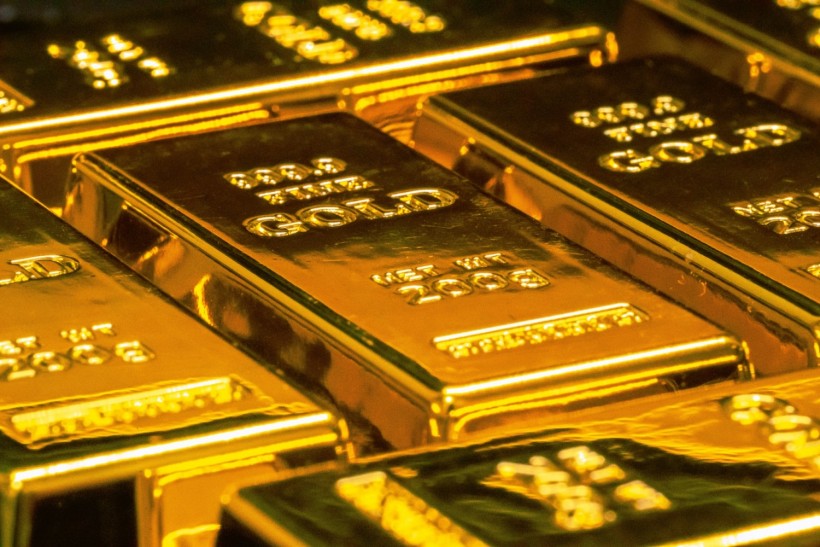The gold market is currently in a state of transition. Never before has the stock market endured such a beating without a significant change in the price of gold, which tends to rise when equities are ailing. While nothing is ever guaranteed in the world of precious metals, it's interesting to note that the historical trend is for the famous yellow metal to serve as a counterbalance to the price of corporate shares.
For anyone who wants to know where gold's price is headed, to the moon or in the opposite direction, it's smart to study supply and demand, those two fundamental economic forces that can determine the price of almost anything. But how can gold enthusiasts dig in and acquire information about market forces behind supply and demand? Fortunately, there are multiple techniques for uncovering all the relevant forces that determine the daily price of not just gold but all precious metals. Here are some of the essential facts to help you get started.
Mining Trends Reveal a Lot
Mining activity has been on the upswing since the end of the COVID pandemic. Alongside that otherwise good news for investors and traders is the sobering fact that mining requires a long lead time and a great deal of investment capital to produce results. In this case, results are represented by an increased supply of the yellow metal on the open market. However, investing enthusiasts routinely look to ore-mining trends to speculate about future production.
The numbers can reveal a lot, particularly when there's a near stoppage in the industry or when mining company stock prices are on the rise. After a sharp decline shortly after the pandemic began in early 2020, the mining sector has bounced back nearly to its pre-2020 levels. While the cost to mine the yellow metal is extremely high, there are new tools and processes available to companies that could make the entire industry more efficient.
There are Two Kinds of Consumption
Investors who are looking for the best gold trading platform should first understand that there are two basic ways people and industries consume the most famous precious metal. Consumer demand is one part of the puzzle. It consists of retail sales of jewelry and other ornamental golden products, whether solid or plated. The other use is in industry, where various manufacturing processes employ gold's unique abilities to conduct electricity.
Demand Trends are Cyclical
For decades, January, February, August, and September have been the months in which gold's price increases the most within a given year. Likewise, there are other seasonal influences that impact prices. For instance, Indian citizens traditionally give golden rings, necklaces, and other jewelry items as wedding gifts. The fact that the country's wedding seasons are from October to December and from January to March can have a significant effect on global prices of the metal, as those months feature very high demand.
Gold and Silver Investing Differ in Two Major Ways
Gold's price, compared to that of silver, does not fluctuate as much. In addition to that profound difference, there are others. Silver's usefulness in industry is much greater, which is why the metal's value is so susceptible to the health of the overall economy. Investors sometimes like to maintain a supply of both in order to diversify their holdings within the niche. That can be a wise strategy, but it's imperative for silver enthusiasts to know that price swings can be significant and don't always track those of the other precious metals. Silver, however, comes at a much lower per-ounce cost than its golden counterpart, which means consumers can build up a large stash of it for a modest sum.
The Small Quantity Markup
In many ways, the forces of supply and demand (S&D) play a larger role in the precious metals industry than anywhere else, with the possible exception of the petroleum market. This exceptional sensitivity to S&D is one reason that retail customers pay such a high markup when they purchase small quantities of the metal. The small quantity markup can be as high as 20% above spot. Why is this the case?
It's primarily because tiny amounts of the yellow metal are in supremely high demand among retail consumers who cannot afford to purchase more than one or two-tenths of an ounce of .999 purity bullion at a time. Sellers know this and are keen to reduce markup over spot on purchases of one ounce and higher. Indeed, customers who plunk down a huge amount of money for a 10-ounce piece of bullion enjoy minimal markup.
© 2024 NatureWorldNews.com All rights reserved. Do not reproduce without permission.
* This is a contributed article and this content does not necessarily represent the views of natureworldnews.com




![Plastic Pollution: Scientists Include Spores of Plastic-Eating Bacteria ‘Bacillus Subtilis’ to Develop 'Self-Digesting Plastic' [Study]](https://1471793142.rsc.cdn77.org/data/thumbs/full/70396/280/157/50/40/plastic-pollution-scientists-include-spores-of-plastic-eating-bacteria-bacillus-subtilis-to-develop-self-digesting-plastic-study.jpg)
![Venomous Centipede Could be Game-Changer and Save Lives of People with Kidney Disease [Study]](https://1471793142.rsc.cdn77.org/data/thumbs/full/70407/280/157/50/40/venomous-centipede-could-be-game-changer-and-save-lives-of-people-with-kidney-disease-study.jpg)
